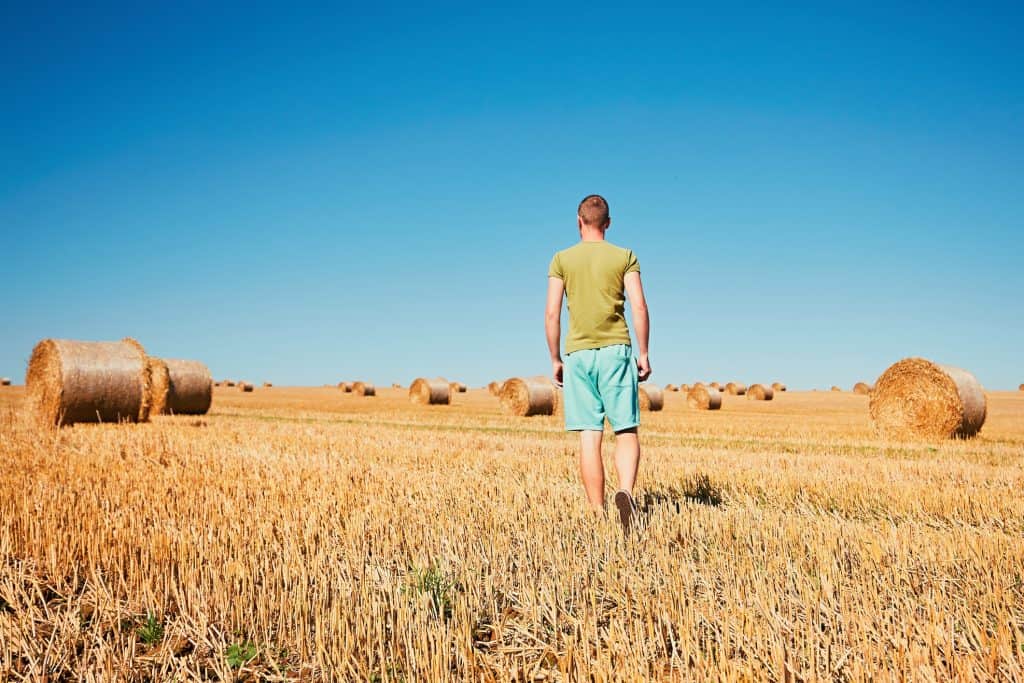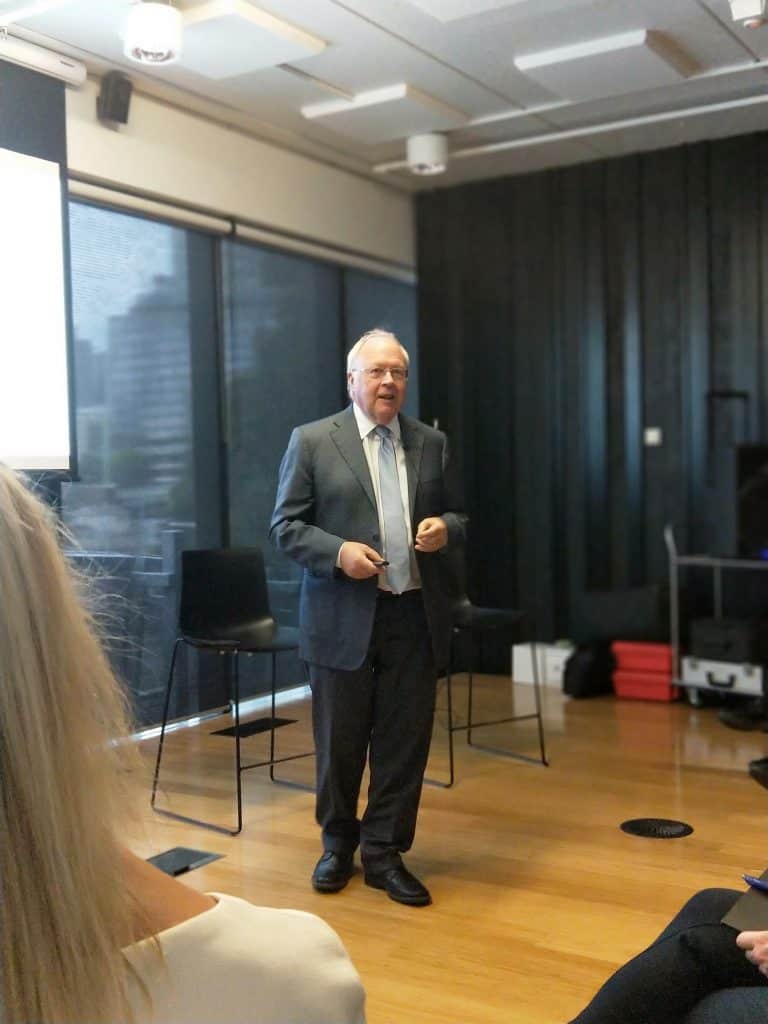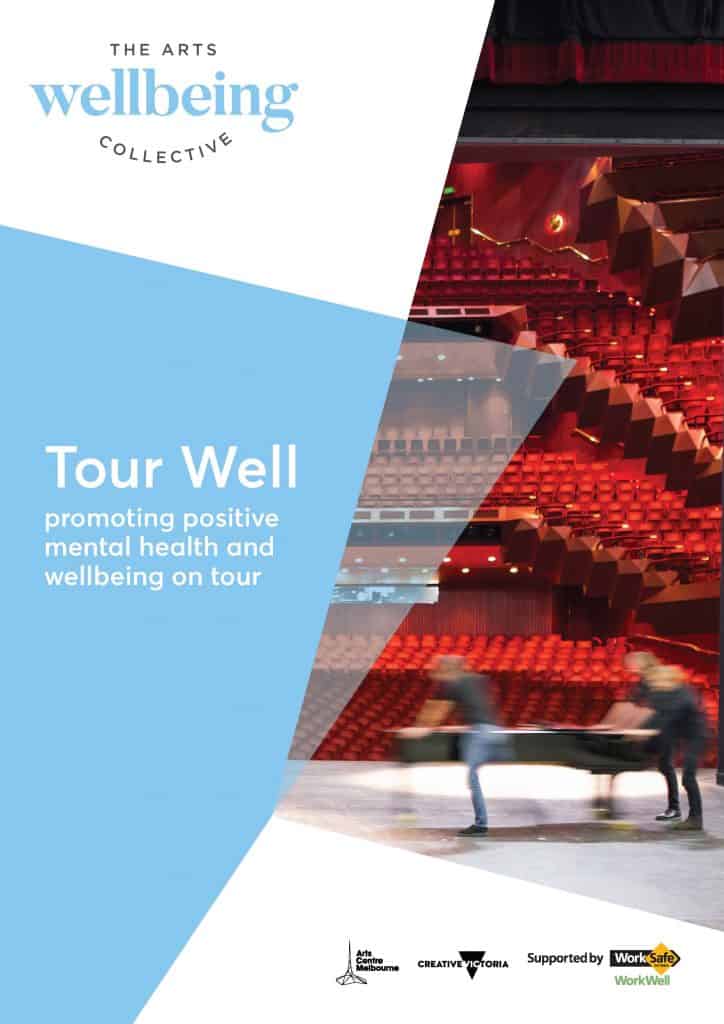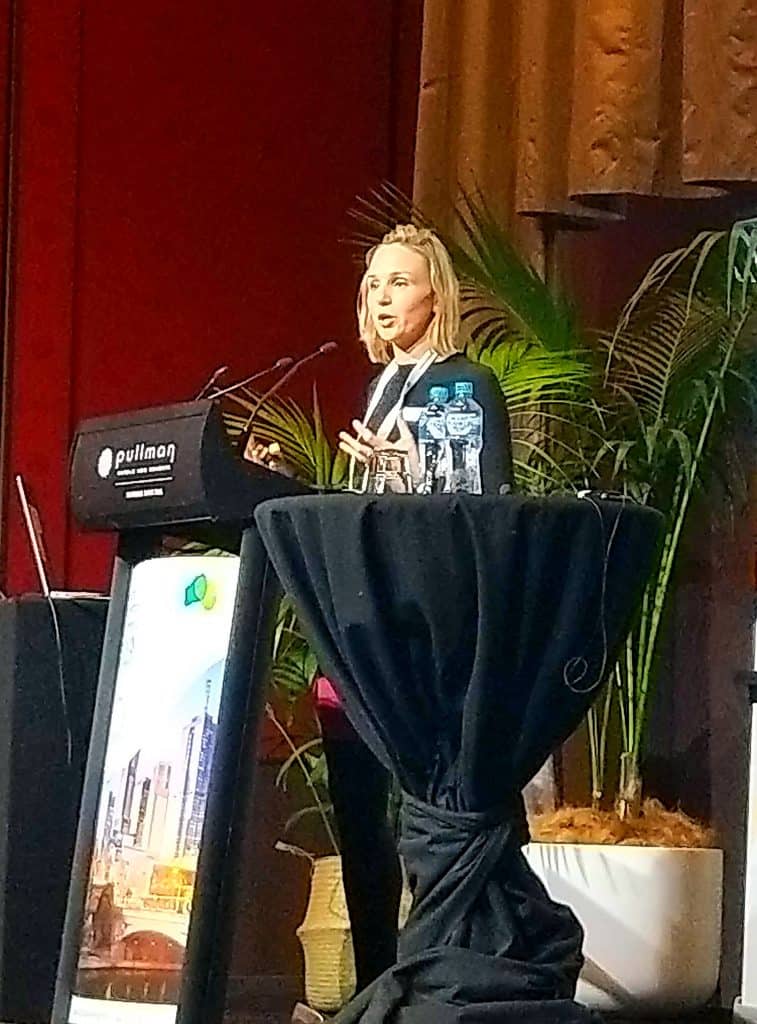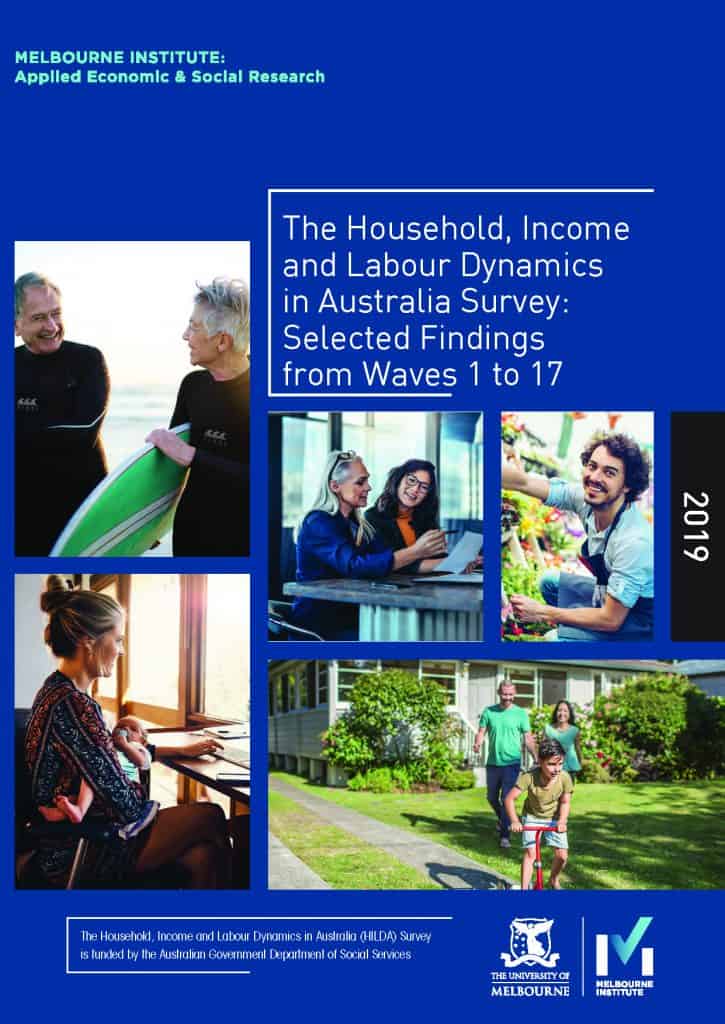
The Victorian Government has announced a review of the regulations pertaining to sex work. It will include several areas related to occupational health and safety (OHS):
- Workplace safety including health and safety issues and stigma and discrimination against sex workers
- Regulatory requirements for operators of commercial sex work businesses
- And the safety and wellbeing of sex workers, including the experience of violence that arises in the course of sex work and as a consequence of it, and worker advocacy for safety and wellbeing
Consumer Affairs has carriage of the Sex Work laws but the breadth of the review would have been better served if the announcement had been a joint one with the Minister for Workplace Safety and Minister for Health.
This review should offer a real challenge to Victoria’s OHS laws, the OHS profession, consultants, advocates and critics.
Continue reading “Sex Work review includes many OHS matters”
